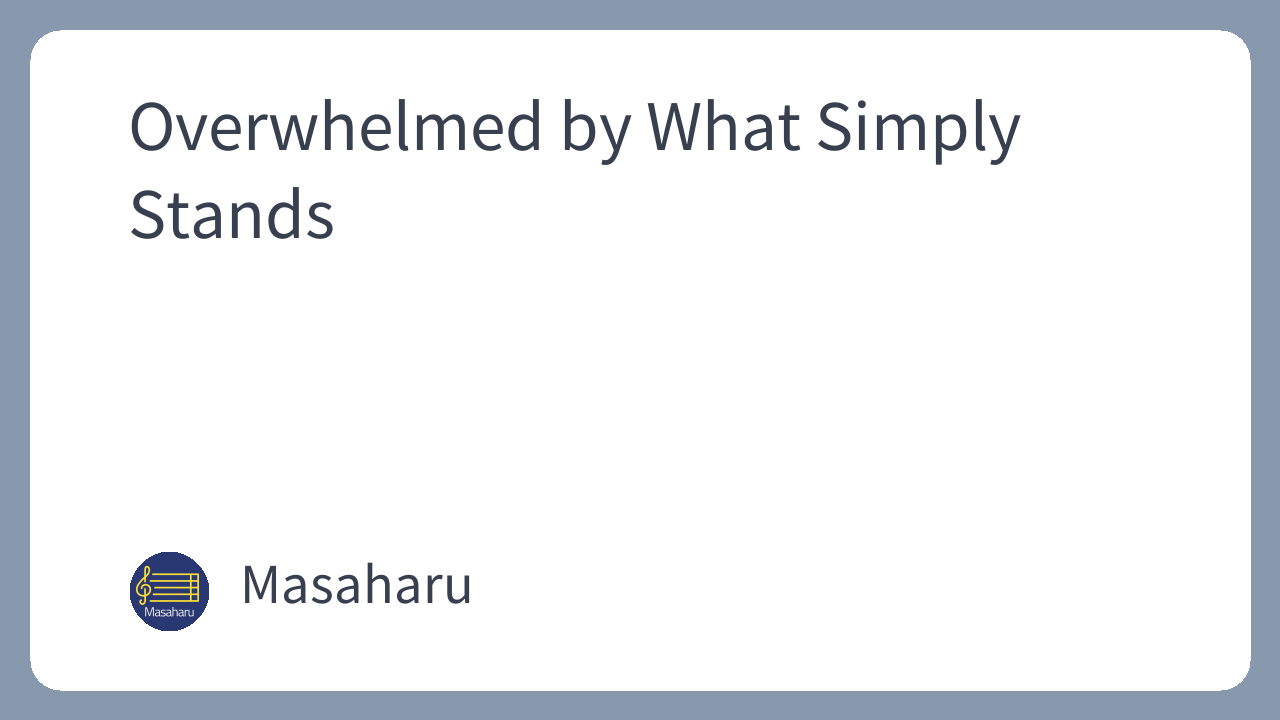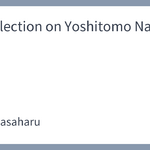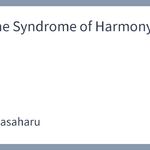(Originally posted on August 5, 2006)
One of my quiet pleasures is driving alone, day or night. The scenery that rushes past my eyes becomes a kind of stimulus, gently nudging me into a liminal world of imagination—sometimes abstract, sometimes concrete—as I journey along mountain roads and rural lanes where cars and people are few.
It was on one such night, driving through the mountains, that I saw it. Looming directly ahead in the open view: a towering silhouette, perhaps several dozen meters high, with glowing red eyes—like a giant robot.
In truth, it was nothing more than a steel tower for high-voltage power lines, with warning lights atop. But that figure stood there with such an overwhelming, aloof presence that I couldn’t help but feel overcome—by a vague fear, a nameless unease.
At first, I thought what I felt was something like the “will of the maker”—a sensation quite opposite to the awe inspired by nature’s forms, rooted instead in the artifice of human hands.
But the explanation didn’t sit right. So I took time to examine the impressions that had arisen, and eventually, I arrived at this thought:
—A single steel tower for high-voltage lines is a product born of countless minds and hands, all working in response to the demands of social infrastructure. It may be an exaggeration, but perhaps we can see it as a manifestation of a grand force: the “will to advance civilization.”
Thus, the tower becomes a symbol that transcends the binary of “creator and creation.” It emerges as evidence—testament—to the outpouring of collective human intent.
Unlike other large-scale infrastructure, these towers are often unaccompanied by people at their sites. Their operation is silent, almost static. They simply stand.
That massive robot with its quiet red eyes—standing there so solemnly—seemed to be watching, perhaps even protecting something. In its stillness, I sensed the presence of human thoughts gently accumulating around it.
It doesn’t lend itself to easy value judgments of good or bad, right or wrong. It absorbs such things but rejects them too. It stands, simply, as proof. A symbol of human endeavor. And it was precisely because of that—because it offered neither self-celebration nor lament, neither denial nor critique, but merely sought to exist as testament—that I felt so overwhelmed, so full of fear and uncertainty.
How strong, how fearsome is that which stands with no need for justification or excuse. How immense is that which it silently represents.
This experience reminded me again: the things that truly overwhelm us often come from directions we least expect.


